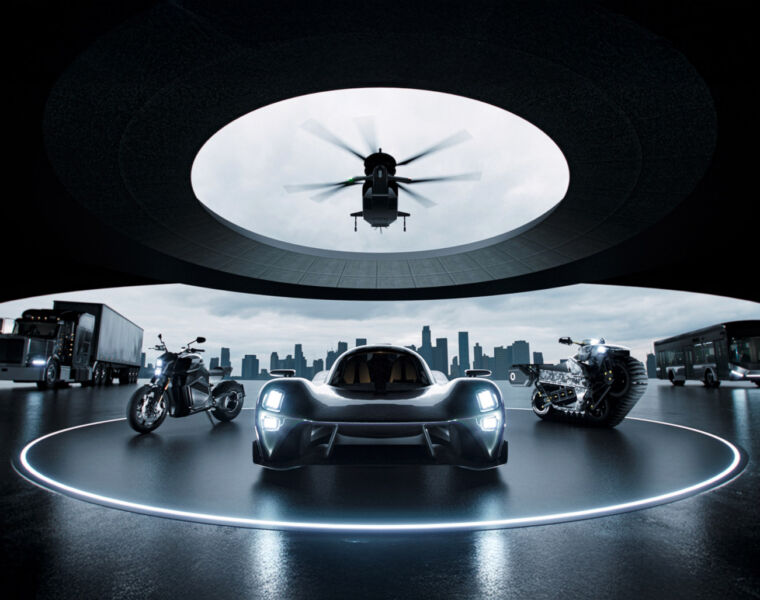
Lexus is reshaping SUV design with styling for its new NX that owes more to sportscars than slab-sided 4x4s.
The model that marks the company’s entry into the mid-size luxury SUV market makes a big visual statement with muscular curves and agile angles, representing the latest development of Lexus’s L-finesse contemporary design language.
The high-impact exterior presents a low, sloping roofline, a cab-forward silhouette, powerfully flared wheel arches and defining bodywork lines that flow directly from the signature Lexus spindle grille. Making a vehicle appear as though it’s forged from a single piece of metal is a familiar design concept, but Lexus took it to heart by actually pouring molten metal over the die used to make the grille and studying the natural shape the flow created. The result inspired the NX’s angular shape – a look that’s distinct from any other model in its class.
The NX has the most distinctive “face” in the current Lexus line-up, its prominent spindle grille flanked by new LED headlamps and daytime running lights. It’s not a case of style over substance, though. For example the C-pillar has a wide angle to maximise internal storage width. The crouched look is linked to the NX’s good ramp-over angle performance, and the fact the high point of the roof is set rearward ensures good headroom for rear passengers.
The exterior also achieves an ideal balance between distinctive design and aerodynamic efficiency, a major challenge for the design team given the car’s overall compact dimensions. A rear spoiler was essential to create a smooth flow of air away from the back of the vehicle, and extensive wind tunnel testing revealed that the best results came from giving the leading edge of the fin an upturned lip – a detail that stands out as a design accent while also helping secure the NX a low (0.33) coefficient of drag. Similarly, the door mirrors and handles have air-cheating design, the latter being particularly eye-catching thanks to a concealed key barrel and integrated single-LED illumination. The detailed work continues out of sight, beneath the car, where undercovers and spats designed specifically for the NX, ensure a clean airflow.
Where the interior is concerned, chief designer Tetsuo Miki wanted to capture the kind of style impact associated with high-end urban sports gear with a combination of structural good looks and luxurious but functional materials and textures.

His mission has delivered a driver’s cockpit that reaps the full benefit of Lexus’s advances in HMI technology, combined with elements that reflect the NX’s SUV status, such as soft leather kneepads either side of the prominent centre console.
The cabin provides ample space for everyone on board, with best-in-segment space in critical areas. The front-to-rear couple distance is a class-leading 962mm and the high roof design provides exceptional head clearance. The rear knee room is even greater than in some larger SUV models.
Luggage space is generous and practical. Maximum loadspace width is 1,347mm, enough for four golf bags to be stowed sideways, rather than across the diagonal. More storage space is available under the luggage board, taking total luggage capacity to 555 litres in hybrid versions and 580 litres in the turbo petrol (with a tyre repair kit carried).
True to its status as a practical SUV, the NX comes with a wide variety of storage points around the cabin, including glove and console boxes, a console tray, utility box, sunglasses hold, cup holders and door pocket holders for half-litre bottles. Throughout there is a typically Lexus attention to detail, as in the high-friction material used to line the inside of the cup holder that lets the driver open a twist-cap bottle one-handed.
The new full hybrid NX 300h is available to order now with customer deliveries from October. Next year the range will grow to include the NX 200t, the first model to adopt Lexus’s new 2.0-litre petrol turbo engine. Model line-up, prices, specifications and more information are available here.




You must be logged in to post a comment.